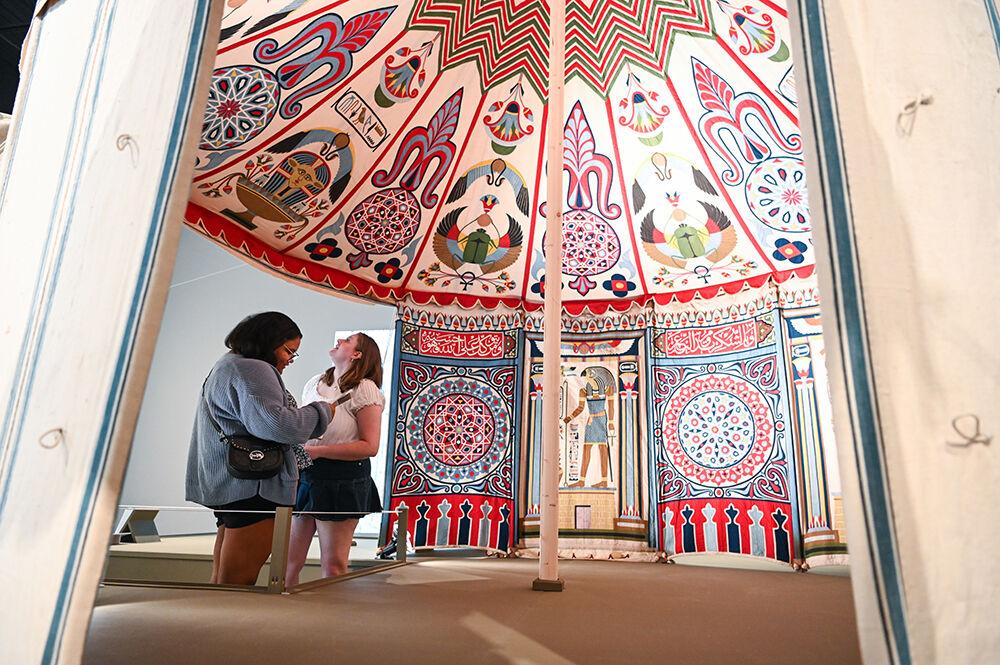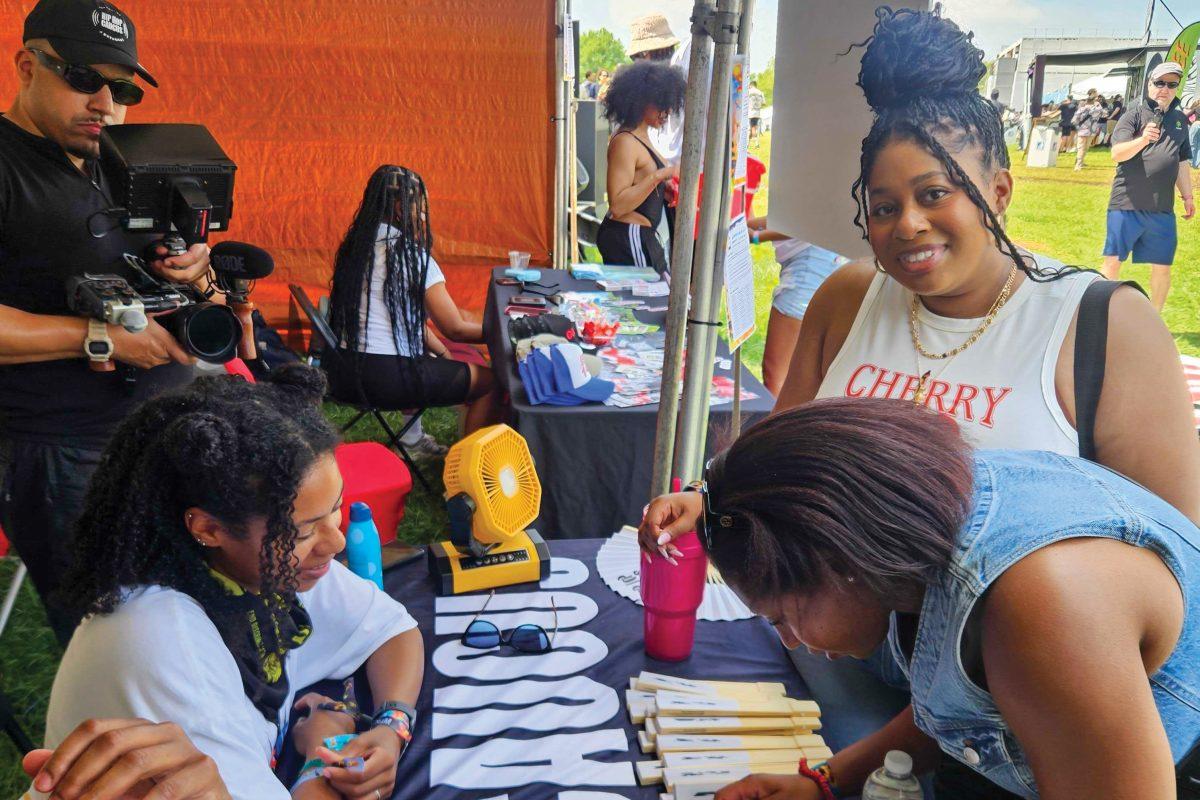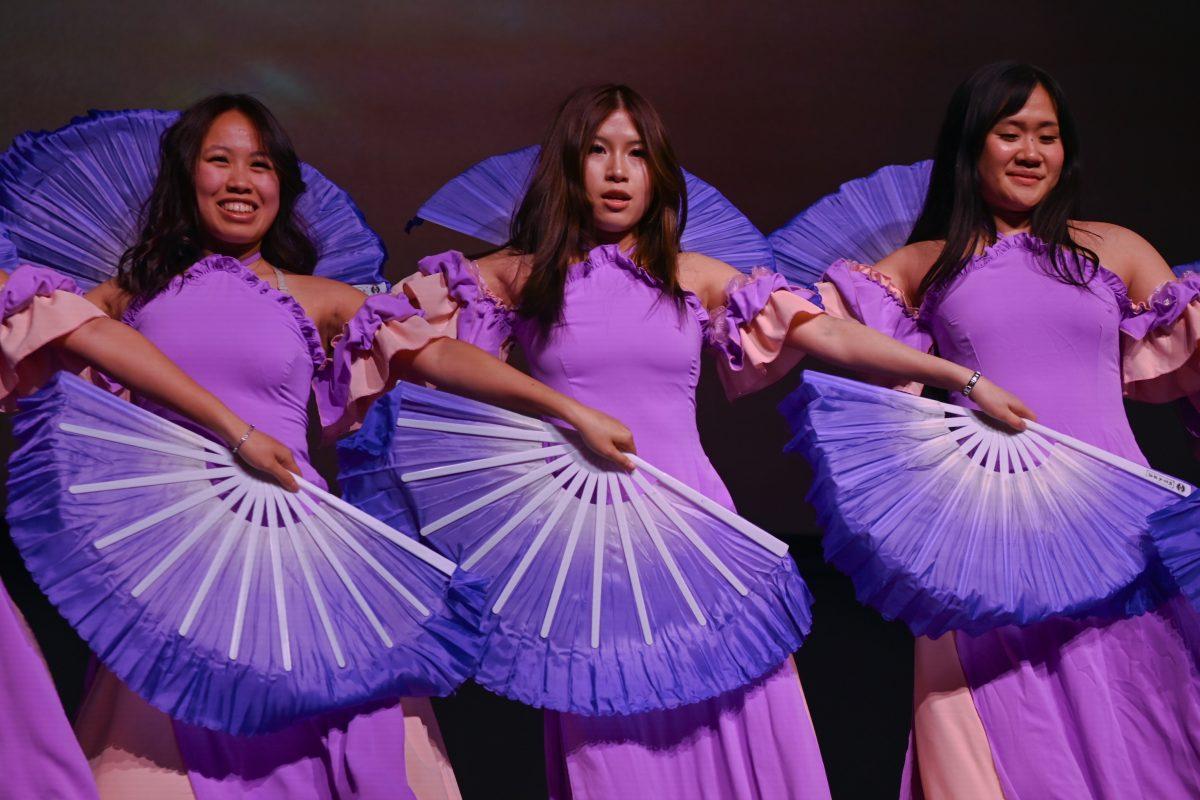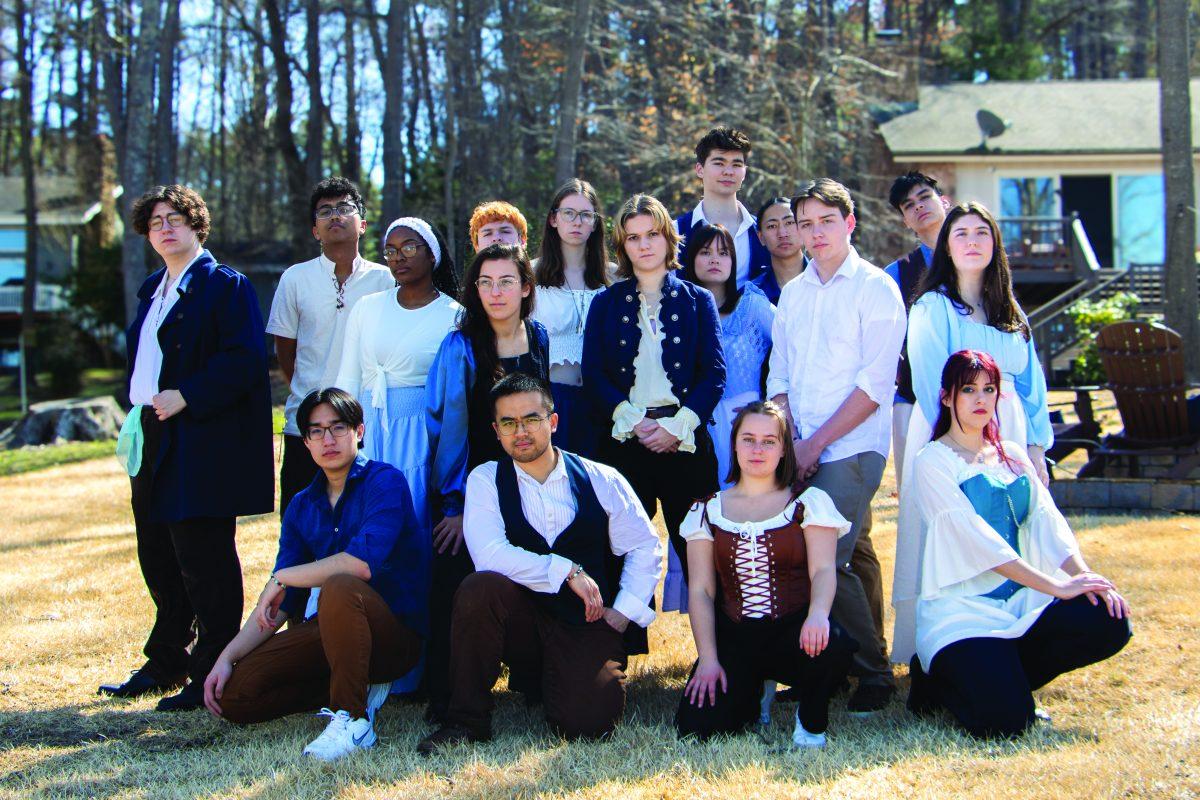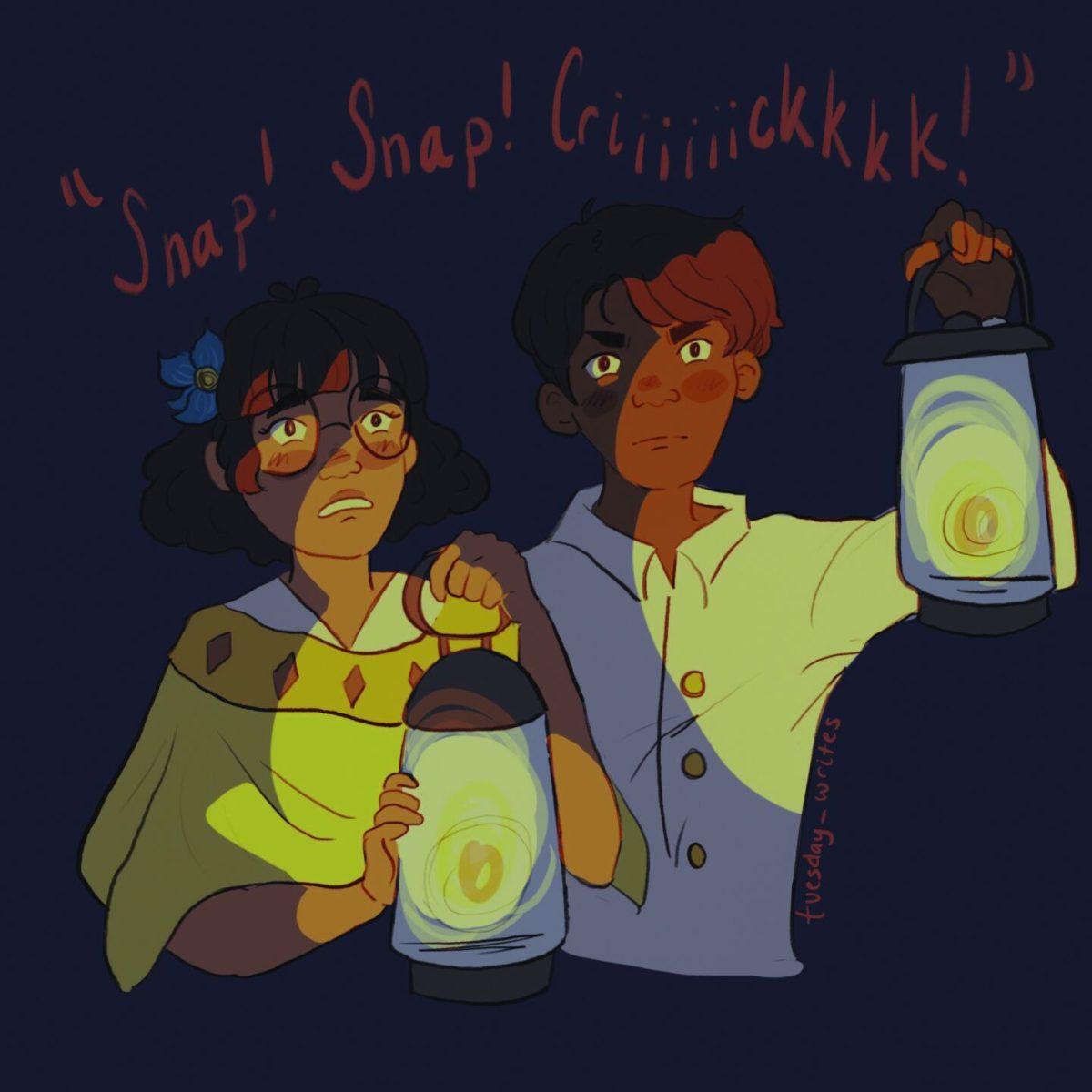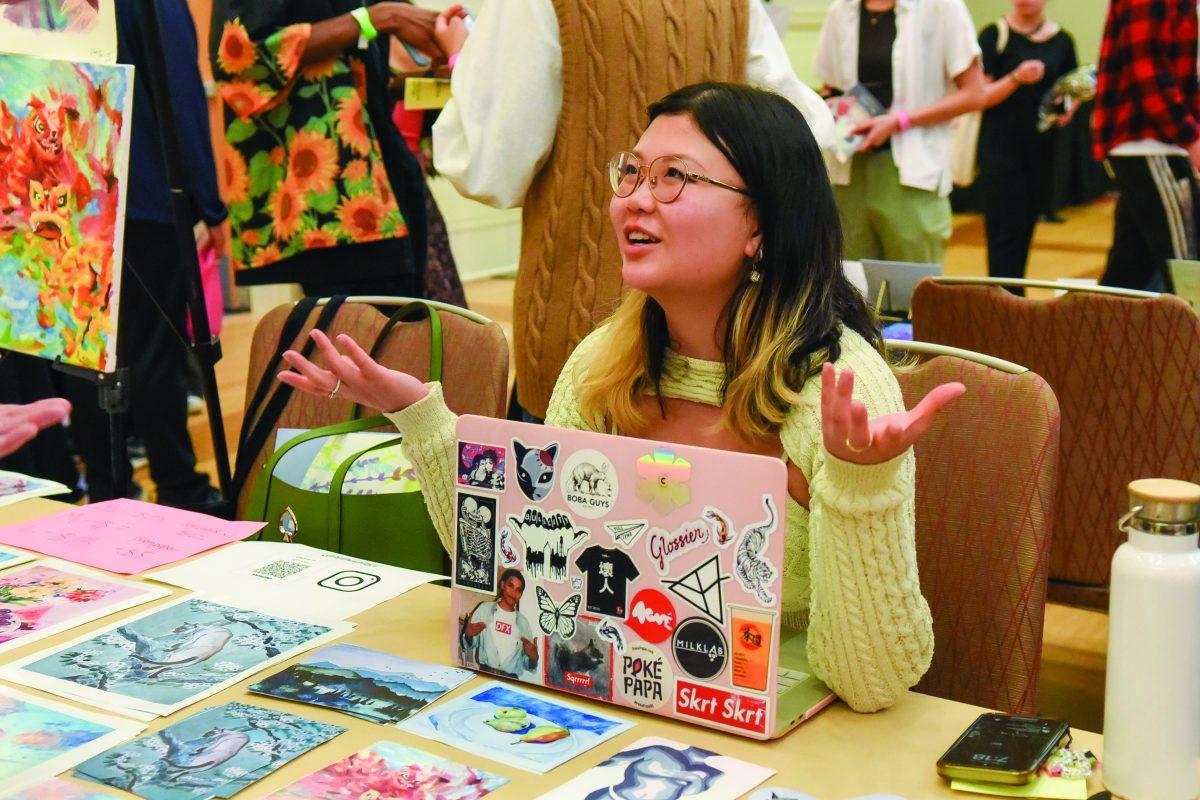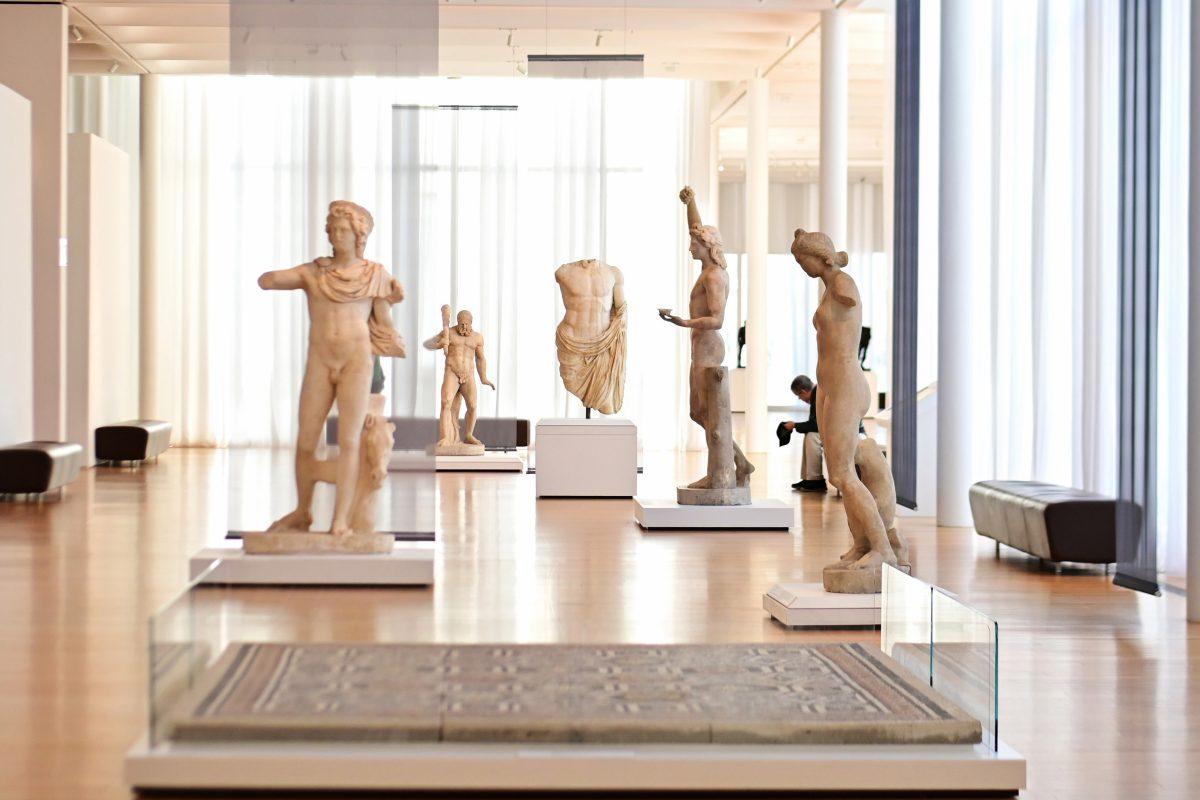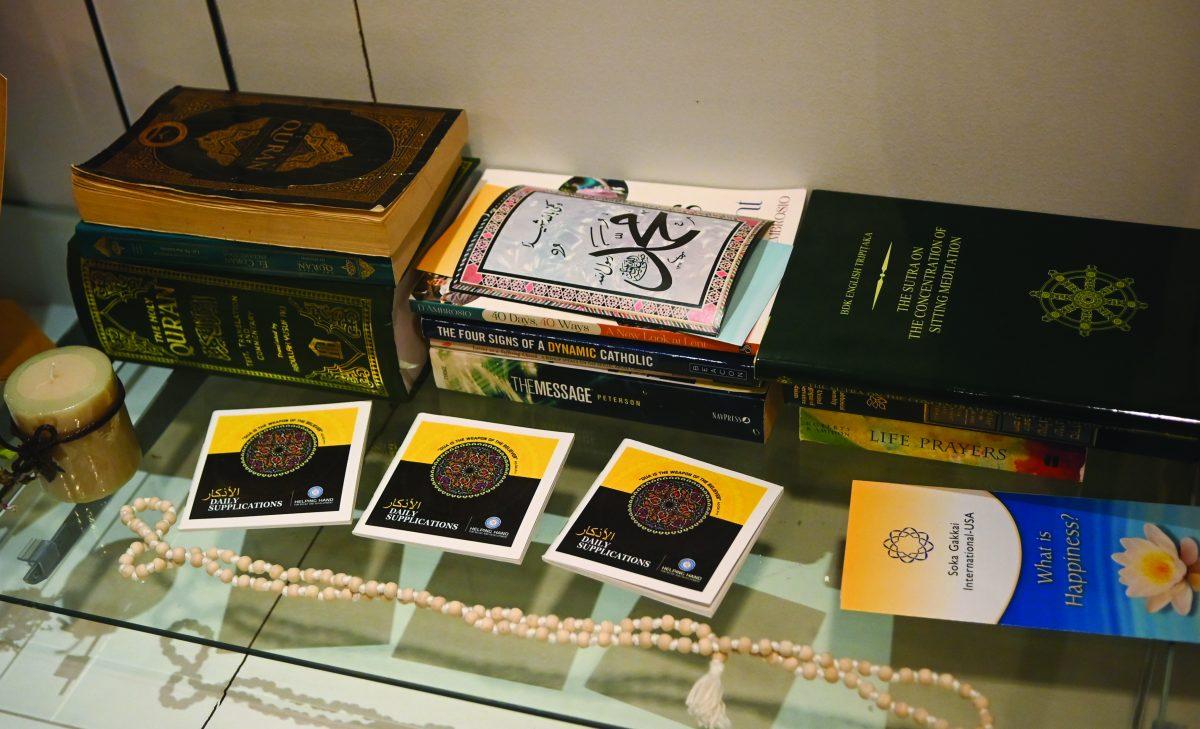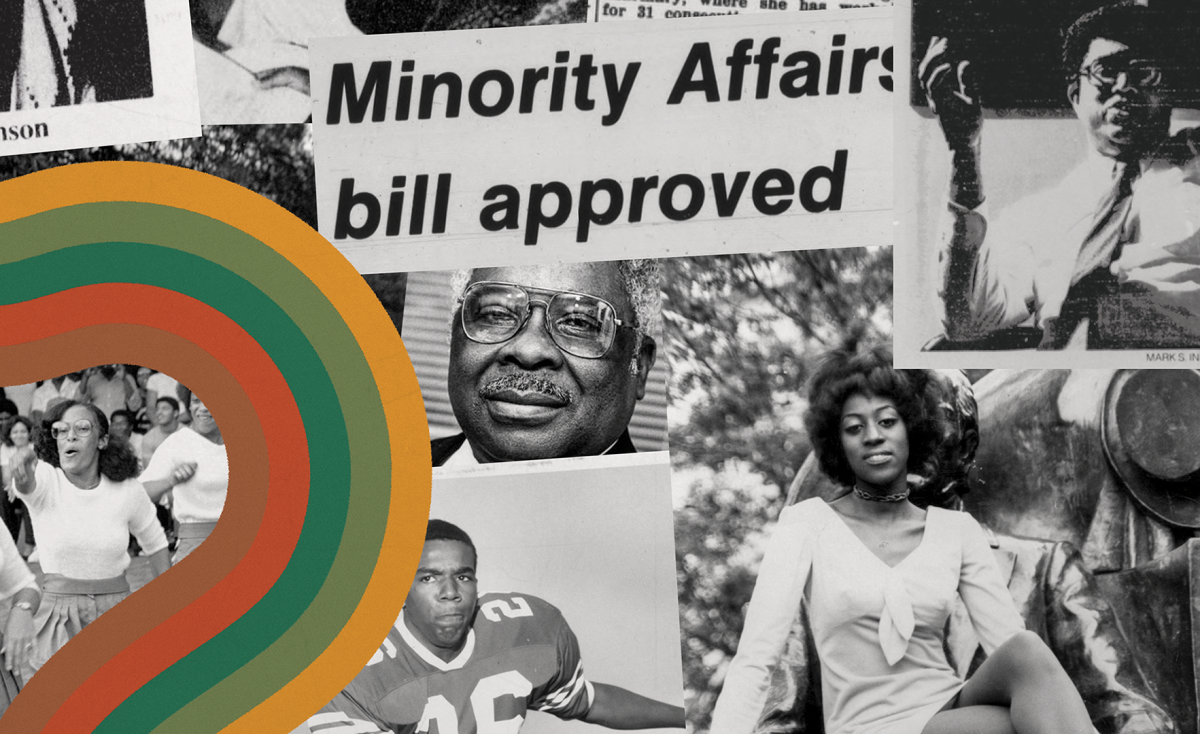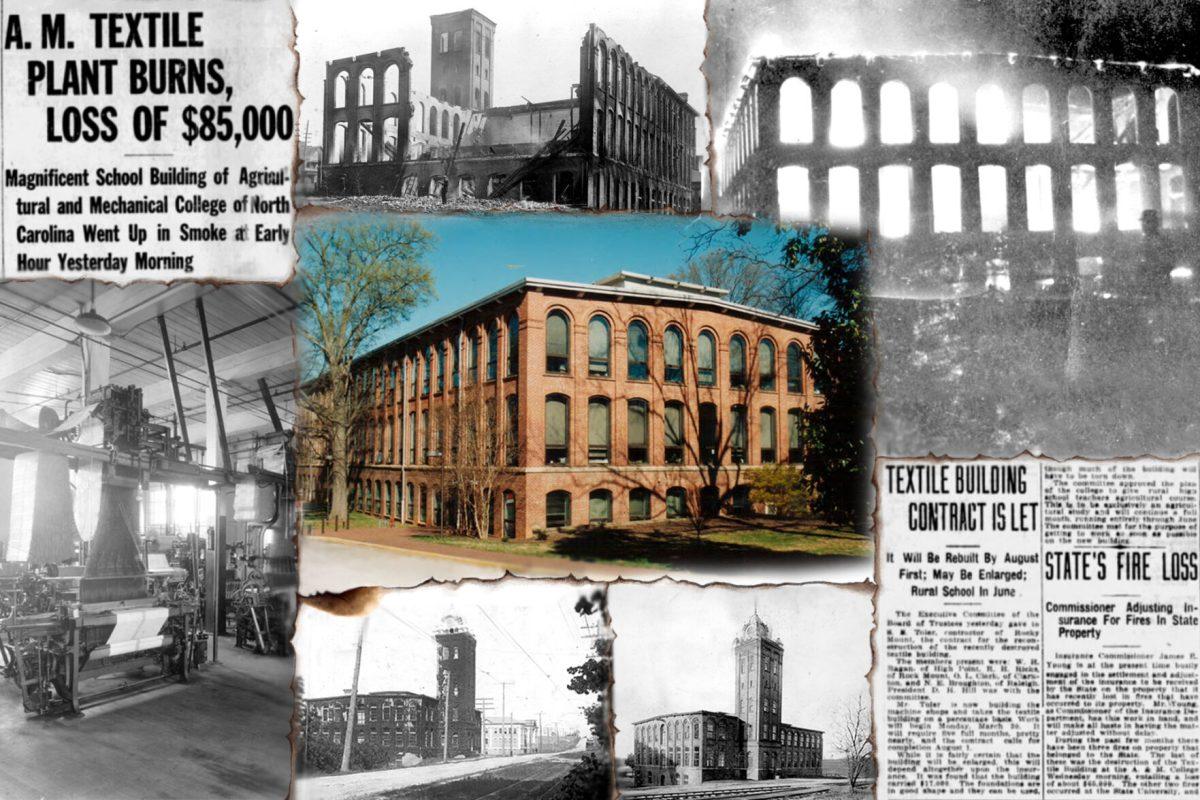“Egyptian Tent” is the Gregg Museum of Art & Design’s newest exhibition. It features a rare tent, wall panels and distinct textile styles. In doing so, it shines a spotlight on the Egyptian art of tentmaking.
Tentmaking is one of Egypt’s longest-known cultural practices. Khayma, the Arabic word for tent, is created by sewing one piece of clothing on top of another to form a pattern. These fabrics line the interior of the tent.
Presently, there are only a few of these tents left. Since tentmaking was falsely deemed as “inauthentic” in the past, its importance to Egypt’s cultural identity has become largely ignored. Since tentmaking takes a long time to learn and master, there are only a few artists left who pursue it. Luckily, NC State students don’t have to travel far to find an Egyptian tent — the Gregg houses one of its own.
There are seven inspirational texts written in Arabic inside the exhibition tent. Created by a master calligrapher, in a script called nasta’liq, the tent forms a tetradecagon. The number of sides, 14, is significant because it tracks the night of the full moon based on the Islamic calendar.
The full moon and the number 14 are associated with the Prophet Muhammad, who is considered the mirror of Divine Light. Translations of these texts and specific material application information are found in the museum labels.
“It’s unique to see something like this here, as it is one of the six that is complete in existence,” said Jeannier Sandoval, visitor services and security coordinator at the Gregg Museum of Art & Design. “It’s part of the permanent collection at the museum, too.”
With time, Egyptian tentmaking has evolved from creating large tents for celebrations to portable tiles for foreign tourists to take home, which are now mostly used to cover individual wall panels.
Individual wall panels can be seen to reflect one, or a combination, of the four common styles of tentmaking — Islamic, Calligraphic, Pharaonic, and Folkloric. The Islamic textiles reflect Islamic motifs, calligraphic ones are decorated in Arabic script with Qu’ran or religious phrases, pharaonic scenes imitate old egyptian tomb paintings and folkloric textiles display village scenes.
All four of these styles are displayed throughout the exhibition. Each panel has a unique type of complexity that holds a story behind it.
“I really like the smaller tent panels, the little square ones,” said Gregg visitor Katie Avants. “I think it’s really interesting because the whole reason these were created are for tourists to take home from Egyptian travels. It was cool to read about how the makers of tent panels made them smaller, so tourists could go home with samples of the place that they visited.”
Check out the ancient art of Egyptian tentmaking by visiting the exhibition at the Gregg Museum of Art & Design.


